Please enjoy this video presentation. Click the link below and turn up the volume—there’s audio!
Clempson_INFO287_InspirationReport: Digital Literacy & The AI Learning Lab
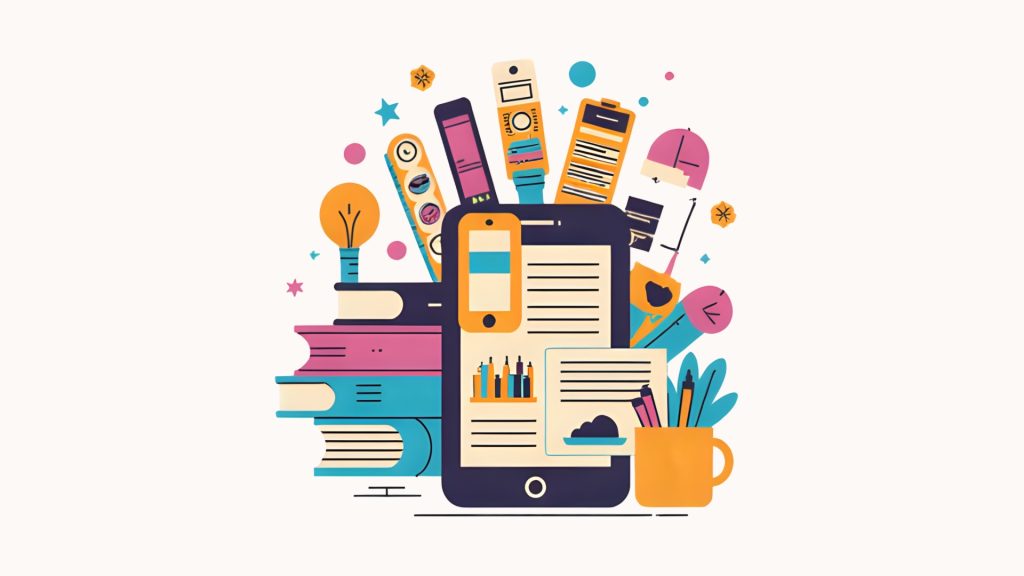
Please enjoy this video presentation. Click the link below and turn up the volume—there’s audio!
Clempson_INFO287_InspirationReport: Digital Literacy & The AI Learning Lab
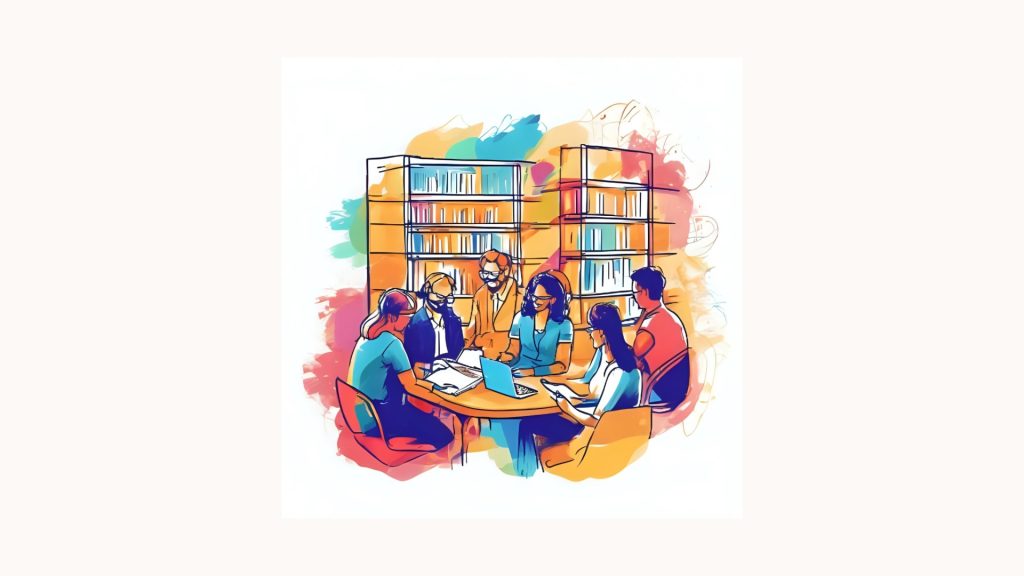
In librarianship, learning is an ongoing process. As libraries continue to evolve to meet the changing needs of their communities, library staff must adapt alongside them. Professional learning experiences (PLEs) help us stay curious, confident, and connected — supporting both daily practice and long-term development (Stephens, 2019).
Stephens (2019) describes impactful PLEs as personal, practical, and easy to access. They allow us to approach new challenges with interest rather than uncertainty. However, access to these opportunities is not evenly distributed across roles in the library world, and that imbalance has real consequences.
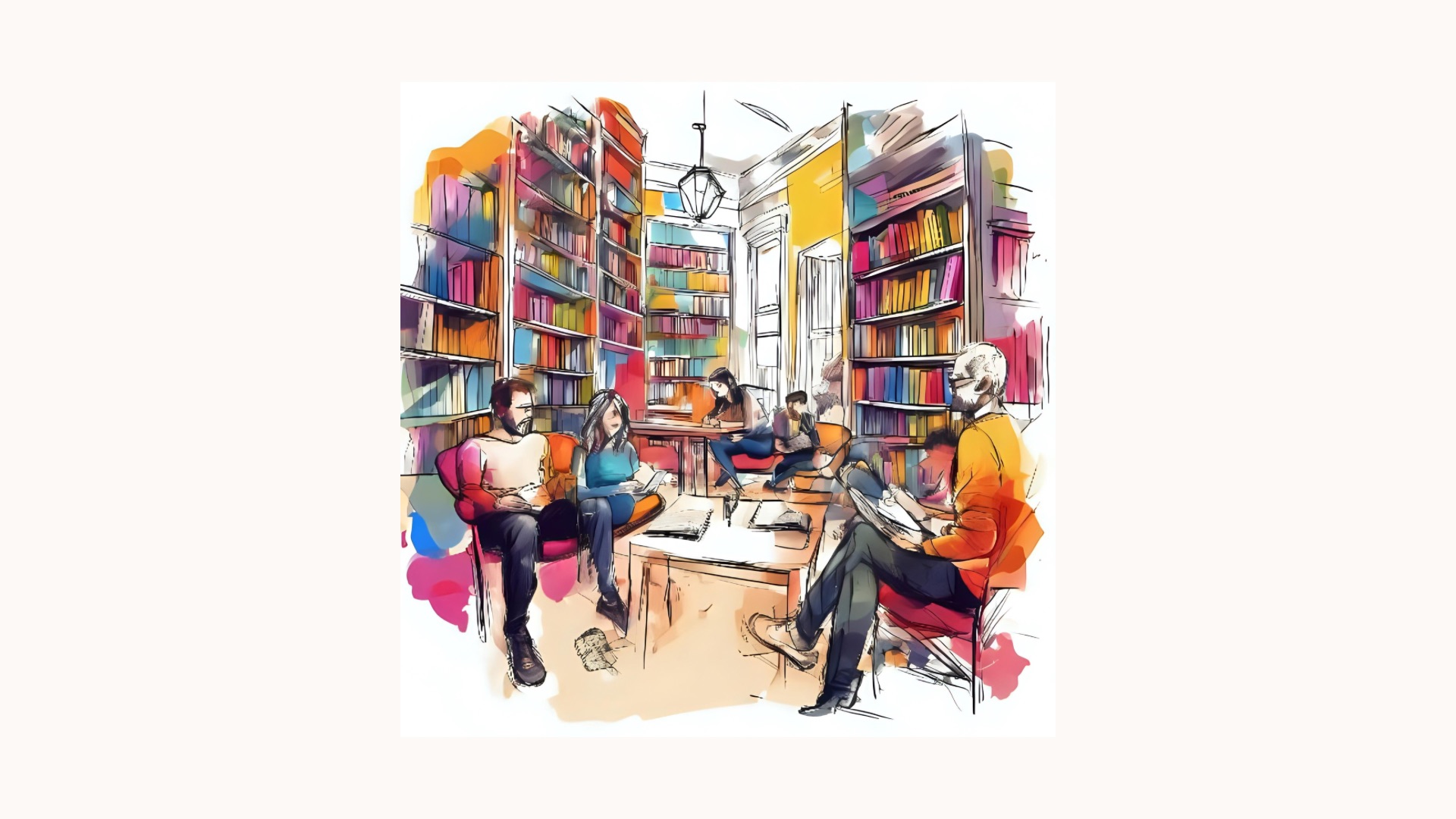
As a school library technician, I’ve seen how unequal access to PLEs limits growth — not only for myself, but for technicians across our district. Teacher librarians often participate in conferences and district-led learning days, while library technicians are usually left to adapt on their own.
This gap matters. Without structured opportunities to update our skills, we risk falling out of step with the needs of students and educators. We also miss out on collaboration, shared reflection, and alignment with district goals. Ultimately, the library’s ability to innovate and fully support student success is affected.
Professional learning shouldn’t be reserved for certain positions. Research from Stephens (2016a) emphasizes that access to ongoing learning strengthens staff confidence and fosters a culture of collaboration. Findings from Hulbert’s (2023) findings from the US Library Survey 2022 reinforce this, showing that professional development remains essential as libraries navigate new technologies, shifting user expectations, and post-pandemic changes. When staff have access to relevant, current learning, they are better prepared to adapt and support their communities.
Stephens (2016b) also argues that learning is central to effective librarianship and that engaging regularly with new ideas helps library staff respond more creatively to community needs. When everyone has access to PLEs the entire school library system becomes stronger, more consistent, and more responsive.
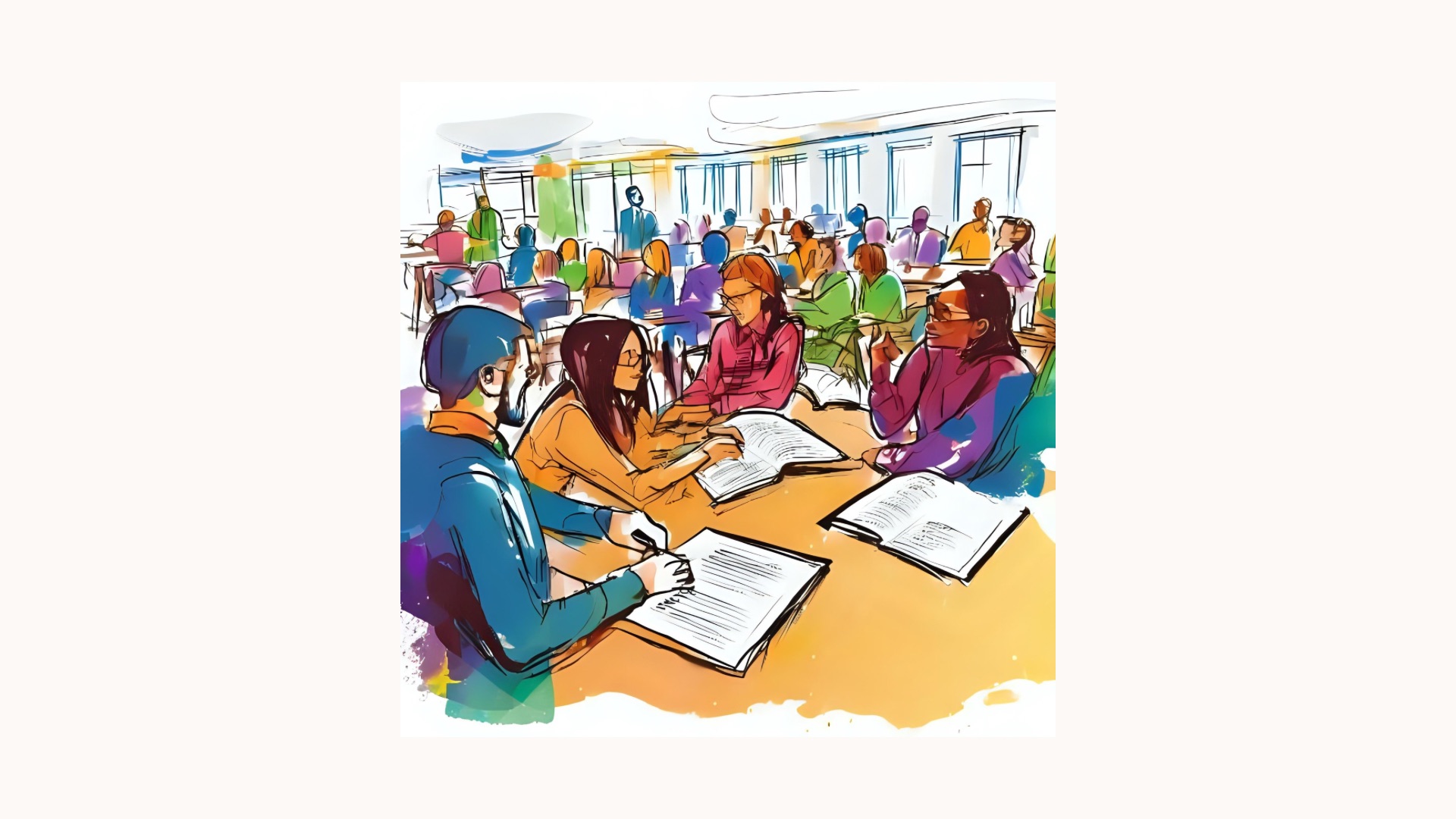
Stephens (2014, 2019a, 2021) reminds us that some of the most meaningful learning in libraries happens through experience — trying things out, reflecting on what works, and building on what we’ve learned over time. This constructivist approach is all about learning by doing, and it fits naturally with how many library staff develop their skills.
A systematic review by Shahzad and Khan (2023) found that librarians are far more motivated to participate in professional development when it feels personally relevant and when their workplace actively supports it. When learning connects directly to our interests and real challenges, we’re more likely to dive in, experiment, and keep growing.
This is exactly what PLEs enable. They give library staff the chance to explore topics that matter to them and connect new insights to their everyday work. For example, attending a webinar on open access might spark deeper interest in copyright or licensing, which can shift how we support teachers and students. Each learning experience adds another layer to our understanding.
But when paraprofessionals don’t have access to these opportunities, we lose the chance to experiment, adapt, and grow. Without ongoing learning, it becomes harder for libraries to stay responsive and relevant in a constantly changing educational landscape. Ensuring that every staff member has access to hands-on, meaningful learning isn’t just helpful — it’s essential.
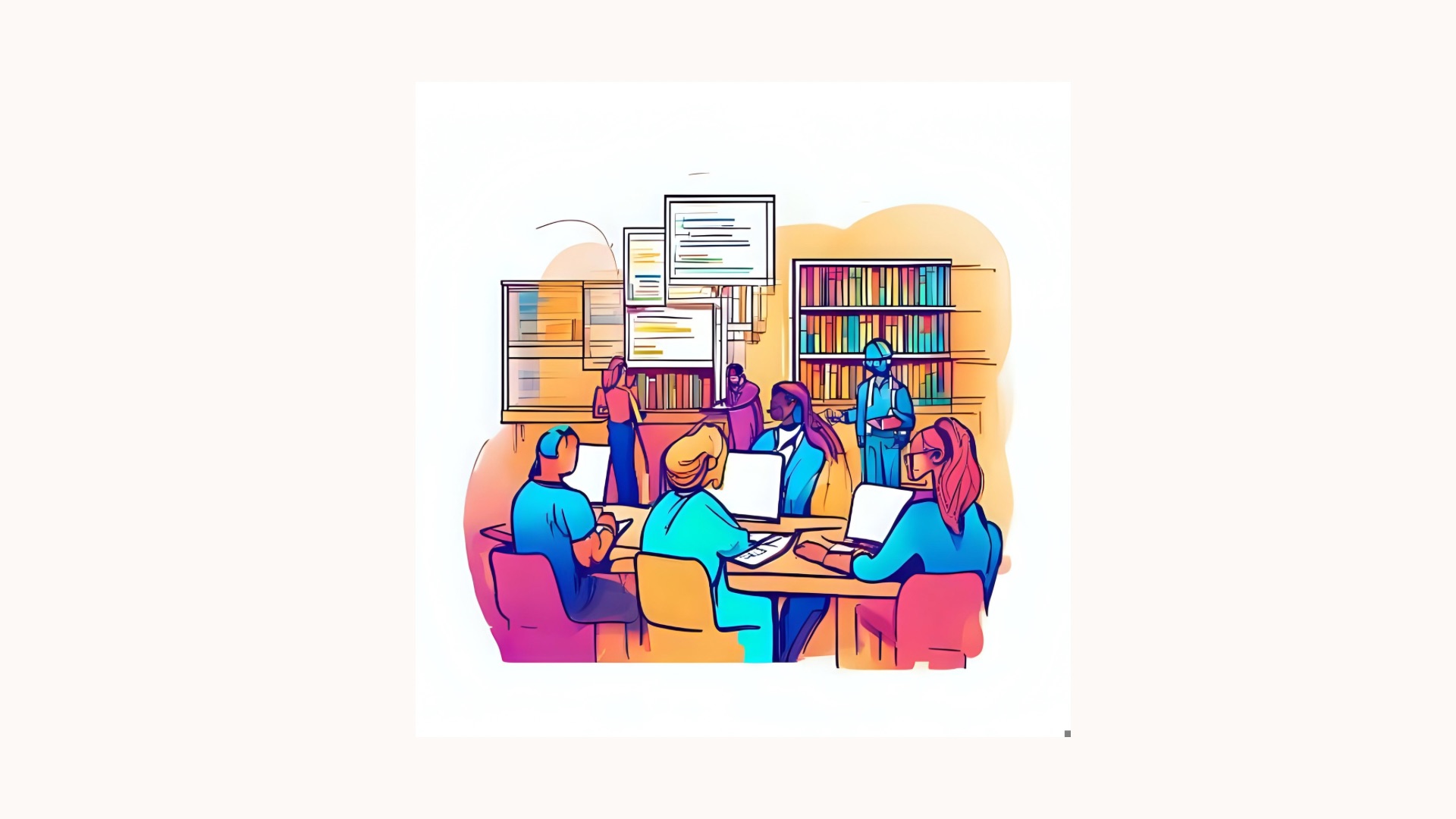
For school libraries to truly thrive, every staff member needs access to ongoing, meaningful learning. Stephens (2019b) underscores that successful librarianship is built on curiosity, compassion, and continuous development.
Professional learning isn’t optional — it’s the foundation of a vibrant, innovative, and equitable library system. When districts invest in accessible PLEs for all staff, they strengthen individual practice and contribute to a healthier, more collaborative learning culture throughout the school community.
____________________
References
Hulbert, I.G. (2023, March 30). US library survey 2022: Navigating the new normal. ITHAKA S+R. https://sr.ithaka.org/blog/findings-from-the-most-recent-us-library-survey/
Shahzad, K., & Khan, S. A. (2023). The relationship between motivational factors and librarians’ professional development (PD): A systematic review. Journal of Librarianship and Information Science, 55(2), 383–402. https://doi.org/10.1177/09610006221083685
Stephens, M. (2013, November 26). #Ylibrary: Making the Case for the Library as Space for Infinite Learning. State Library Queensland. https://www.slq.qld.gov.au/blog/ylibrary-making-case-library-space-infinite-learning-michael-stephens
Stephens, M. (2016a). Lessons from Learning 2.0 and Learning to Learn. In The Heart of Librarianship (pp. 134-136). ALA Editions.
Stephens, M. (2016b). Learning to Learn. In The Heart of Librarianship (pp. 140-142). ALA Editions.
Stephens, M. (2019a). PLEs & ALA. In Wholehearted Librarianship (pp. 55-57).
Stephens, M. (2019b). Formula for success. Wholehearted Librarianship (pp. 30-32).
Stephens, M. (2021). The Strategic, Curious & Skeptical Learner. INFO 287 – The Hyperlinked Library. https://287.hyperlib.sjsu.edu/wp-content/uploads/2021/04/The-Strategic-Curious-Skeptical-Learner-Australian-Public-Librarians-and-Professional-Learning-Experiences.pdf
*images created by author in Canva

Stories sit at the core of what it means to be human. They shape our sense of self, deepen our understanding of others, and help us navigate the world — its joys, struggles, surprises, and contradictions. From bedtime read-alouds to podcasts on the bus, from family memories to quick anecdotes traded over tea or coffee (maybe even wine), storytelling connects us across ages, cultures, and experiences.
Libraries have always understood this. For generations, they’ve offered spaces where we can step into another person’s life simply by opening a book. But today, libraries are more than guardians of stories — they’re places where stories are created, shared, and celebrated.
In many ways, the library isn’t just a home for stories. It’s a home for us.

A great example is the DOK Library in Delft, Netherlands. Its mission extends far beyond lending books. Through multimedia exhibits, community-driven archives, and interactive installations, visitors are encouraged to contribute their own experiences. Instead of receiving information passively, people help build an evolving portrait of their community.
This reminds us that libraries aren’t immovable institutions. They’re vibrant, collaborative spaces where everyone plays a part in shaping the narrative.
This same spirit is reflected in projects like StoryCorps, which works with public libraries across the United States to help people record meaningful conversations (Eberhart, 2018). These personal reflections become part of a broader cultural memory. For students, listening to or recording stories like these can be powerful. It’s not just communication practice; it’s a chance to build curiosity and empathy. It also ties directly to information literacy: understanding people and their contexts — not just locating facts.
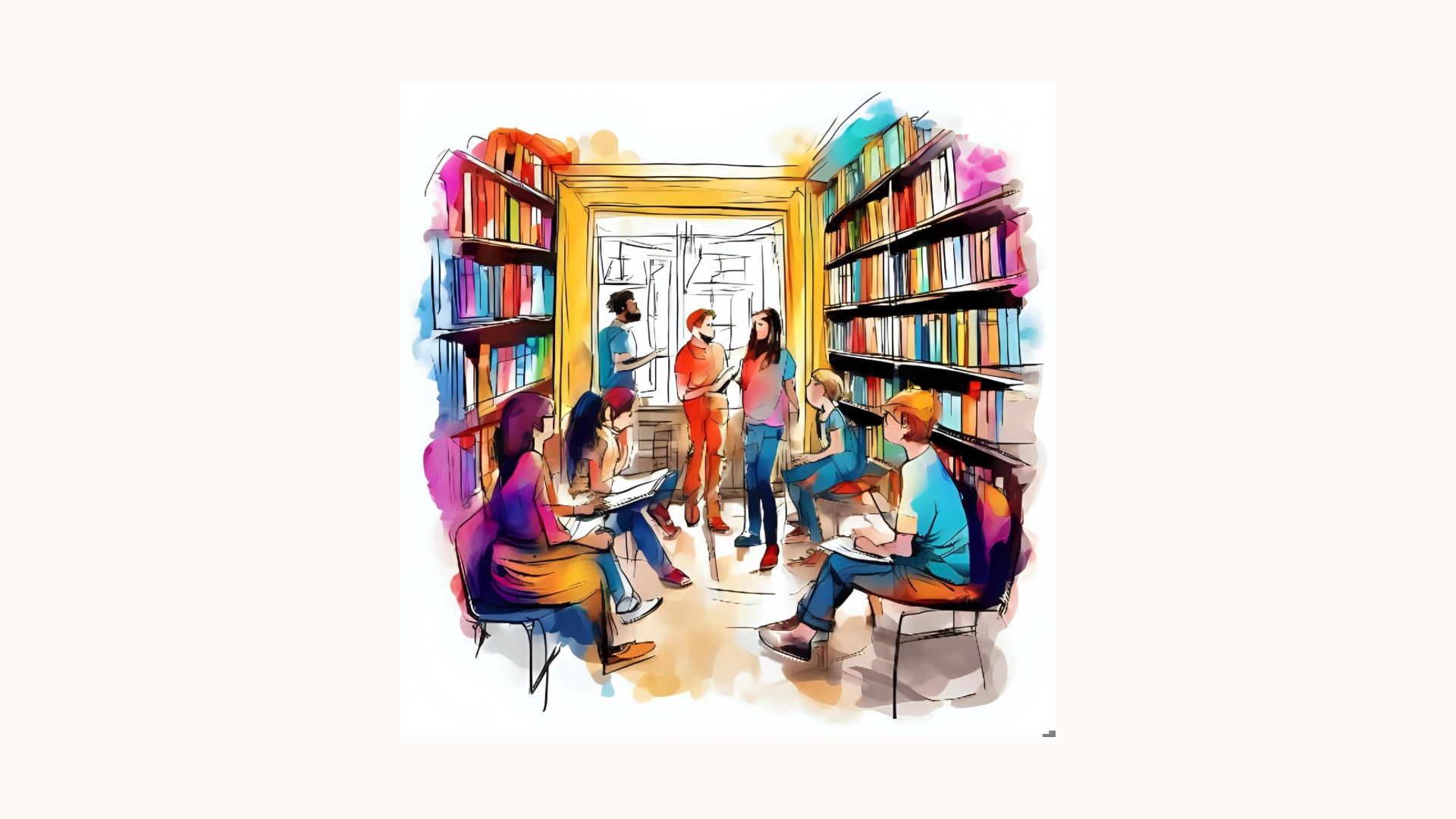
Another compelling example is the Human Library project. Instead of borrowing a book, visitors “borrow” a person willing to share their lived experience in a one-on-one conversation. Participants might meet someone who has faced homelessness, recently immigrated, or simply sees the world from a very different angle. The goal is to encourage understanding by fostering genuine dialogue rather than assumptions.
Writers who have studied the Human Library note that it helps communities learn about themselves in meaningful ways (Wentz, 2013). Research also suggests that participants often leave with a stronger sense of empathy, especially toward those whose perspectives are underrepresented or misunderstood (Aarne-Skidmore, 2021).
Imagine bringing this idea into a school library — a dedicated day where students can sit down with elders, newcomers, or classmates whose stories they may never have heard otherwise. Educators describe these as moments of courageous conversation, where the simple act of listening becomes a bridge between people (Ray, 2019).
School libraries are uniquely positioned to cultivate this culture of storytelling and attentive listening. Equipped with digital tools and creative spaces, students can become storytellers themselves — through podcasts, videos, zines, or projects inspired by initiatives like The Library’s Listening Lab (Mairn & Terrana, 2022). Along the way, they learn to share their own stories while respecting and valuing the stories of others.
This aligns with what scholars call narrative inquiry: reflecting on and exchanging stories to better understand who we are, where we come from, and where we’re headed (Stephens, 2020). It’s a skill that follows students well beyond school, nurturing empathy, perspective-taking, and community connection.
Creating this kind of culture means ensuring that every voice feels welcome. As Paxaman (2019) notes, libraries remain vital precisely because they respond to evolving community needs — and right now, people deeply need spaces where they can feel heard. That might take the form of story circles, inclusive collections, or collaborative projects that highlight a wide range of experiences.
Each time we make room for someone’s story, we’re reinforcing that their voice matters.
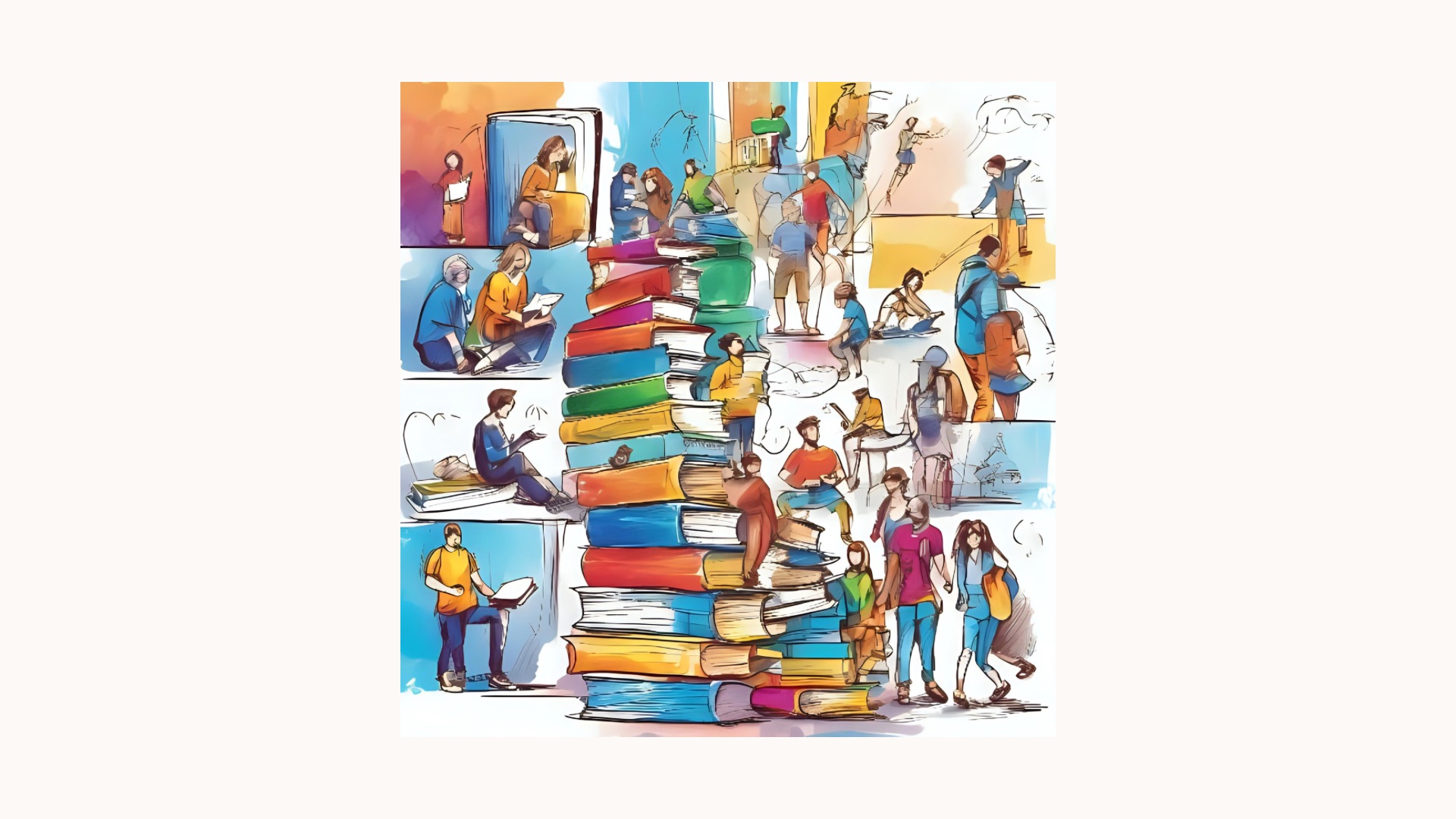
At their foundation, libraries are about connection. They connect people to information, of course, but also to ideas, experiences, and one another. When librarians embrace the role of story facilitator, something truly meaningful happens: the library becomes not just a learning environment, but a place where people feel they belong.
Imagine a student recording their first podcast, a Human Library conversation where a hesitant teenager asks a heartfelt question, or someone sharing the history of where they come from. Each of these moments builds a bridge — created through openness, curiosity, and the willingness to truly listen.
Ultimately, stories remind us we’re all part of a larger tapestry. Everyone who walks into a library carries a story worth hearing. And when those stories come together, they help create the kind of community that grows from empathy, imagination, and connection.
At their best, libraries are where connections spark every day — where the human story continues, one voice, one listener, and one shared moment at a time.
____________________
References
Aarne-Skidmore, E. (2021). New study on the impact of the Human Library. Human Library. https://humanlibrary.org/new-study-on-the-impact-of-the-human-library/
Eberhart, G. M. (2018, February 10). Sharing people’s stories: StoryCorps partners with public libraries. American Libraries Magazine. https://americanlibrariesmagazine.org/blogs/the-scoop/sharing-peoples-stories/
Mairn, C., & Terrana, J. (2022). A library’s listening lab. INFO287 – The Hyperlinked Library. https://287.hyperlib.sjsu.edu/wp-content/uploads/2022/06/MairnListeningLab.pdf
Paxaman, M. (2019). Challenged but not dying, the public libraries are more relevant than ever. Jutland Station. https://www.dropbox.com/scl/fi/dd3t7to32e7ky5mqduns6/Challenged-but-not-dying-the-public-libraries-are-more-relevant-than-ever-Jutland-Station.pdf?rlkey=6bppru4ffp80pakifb0mh2wo2&dl=0
Ray, M. (2019). Courageous conversations at the Human Library. Next Avenue. https://www.nextavenue.org/courageous-conversations-human-library/
Stephens, M. (2020, April 9). Office hours: Narrative inquiry. Tame the Web. https://tametheweb.com/2020/04/09/office-hours-narrative-inquiry/
Wentz, E. (2013, April 26). The Human Library: Sharing the community with itself. Public Libraries Online. https://publiclibrariesonline.org/2013/04/human_librar/
*images created by author in Canva